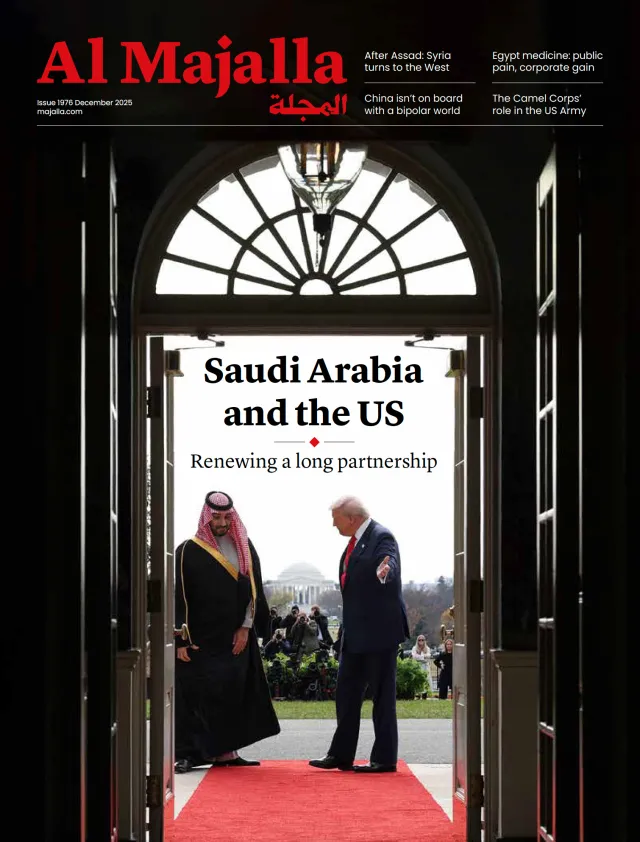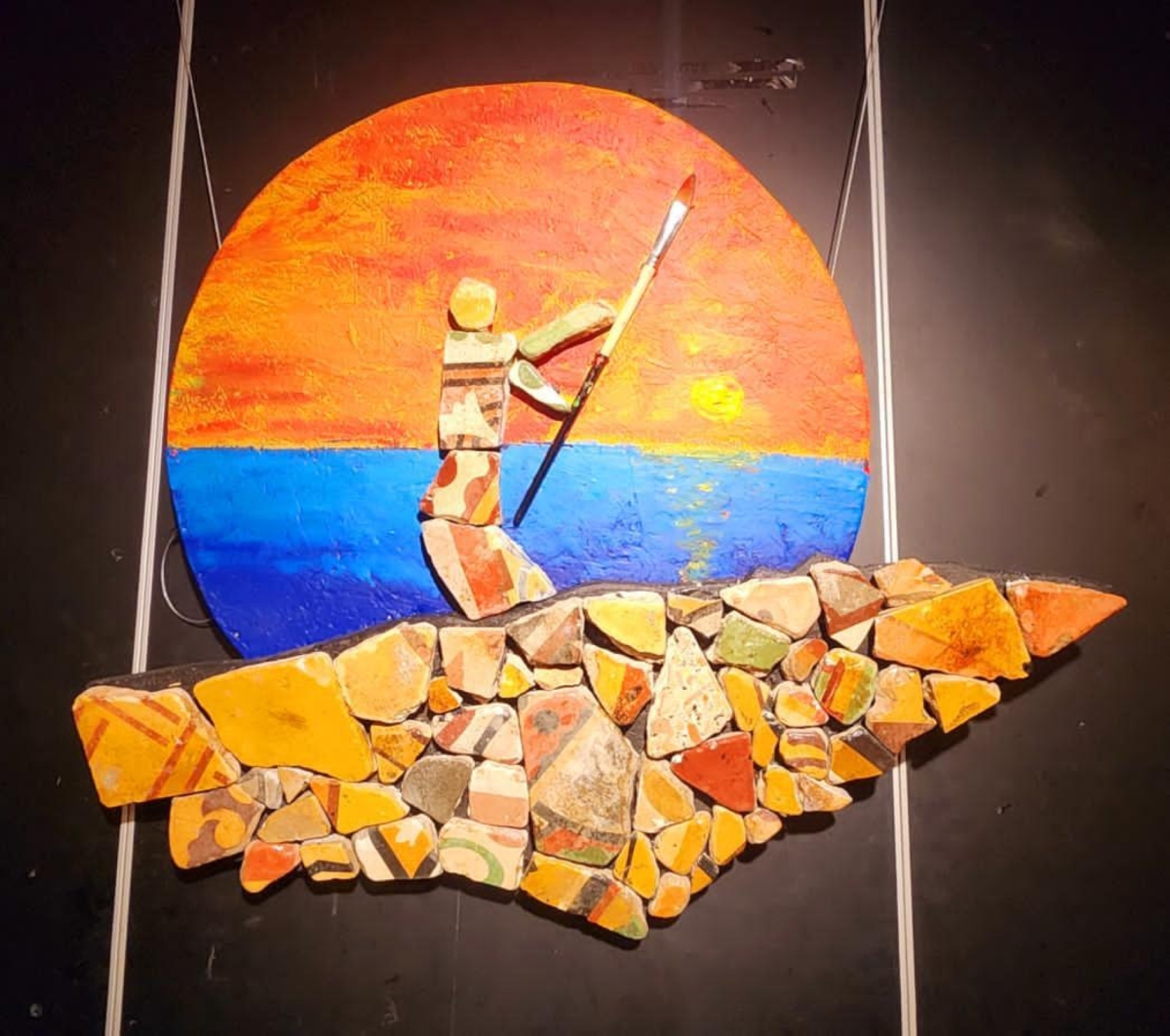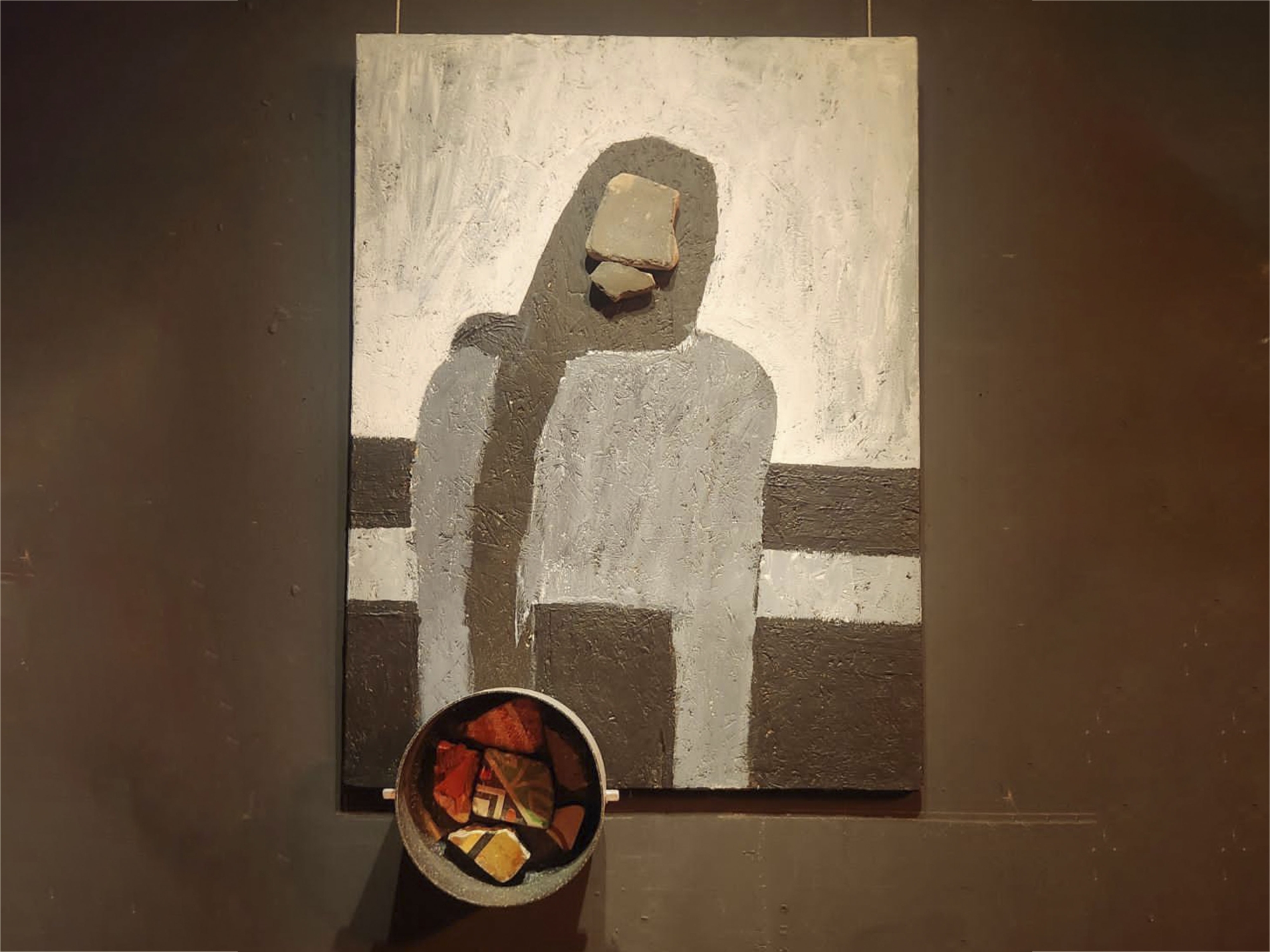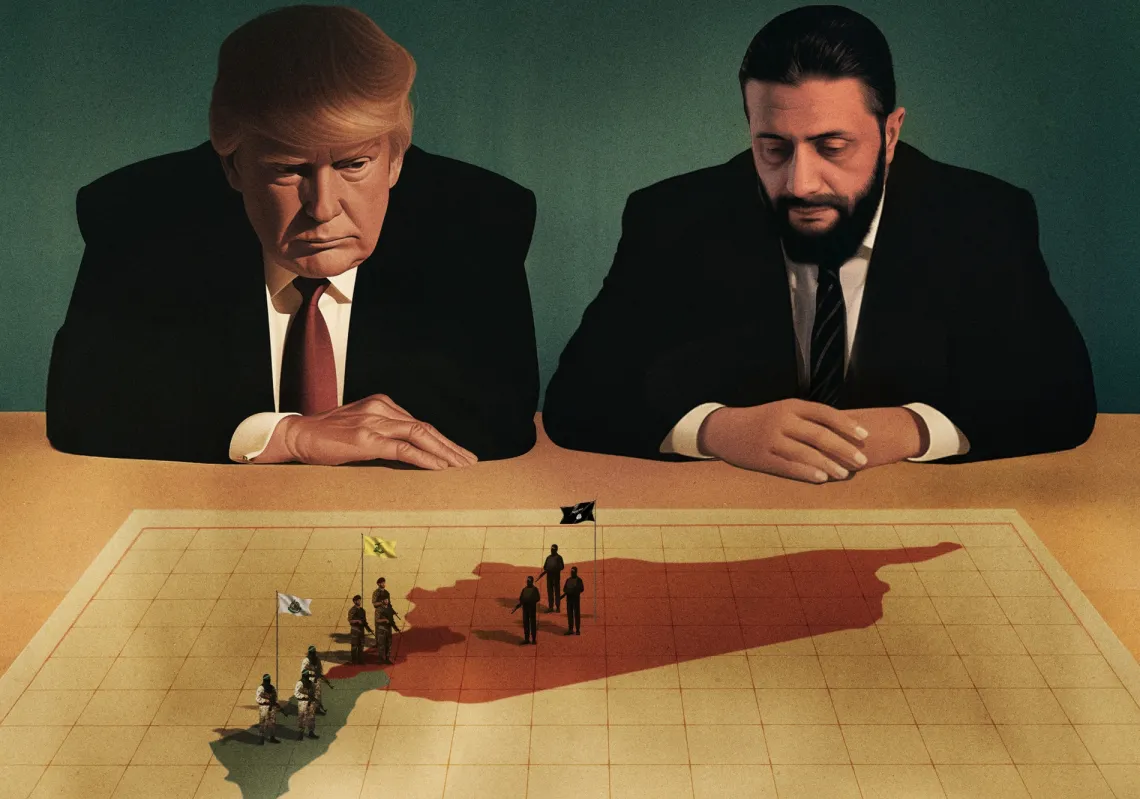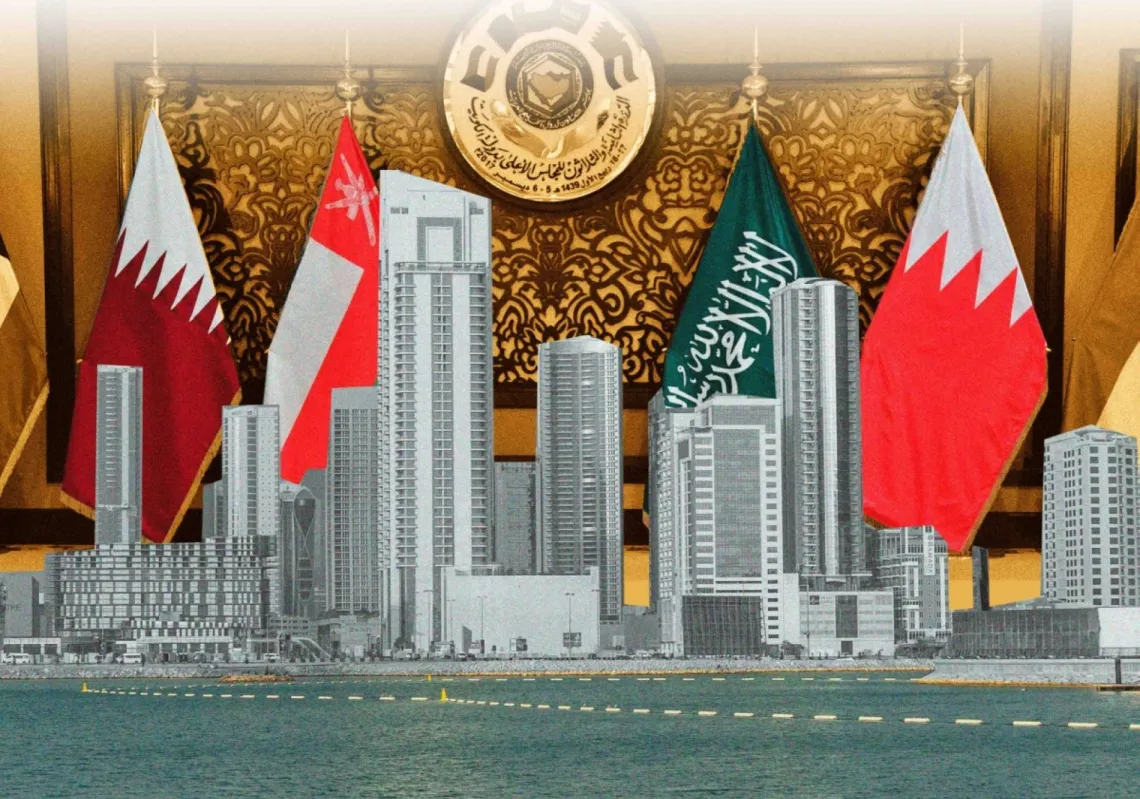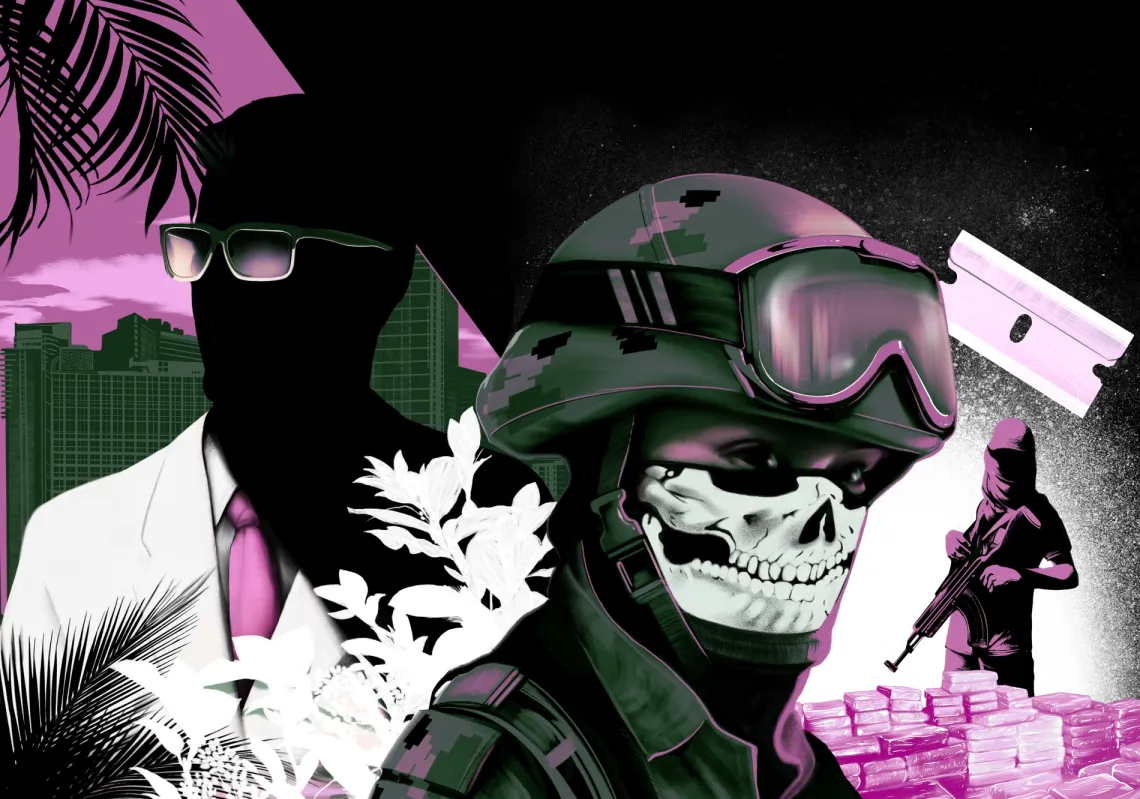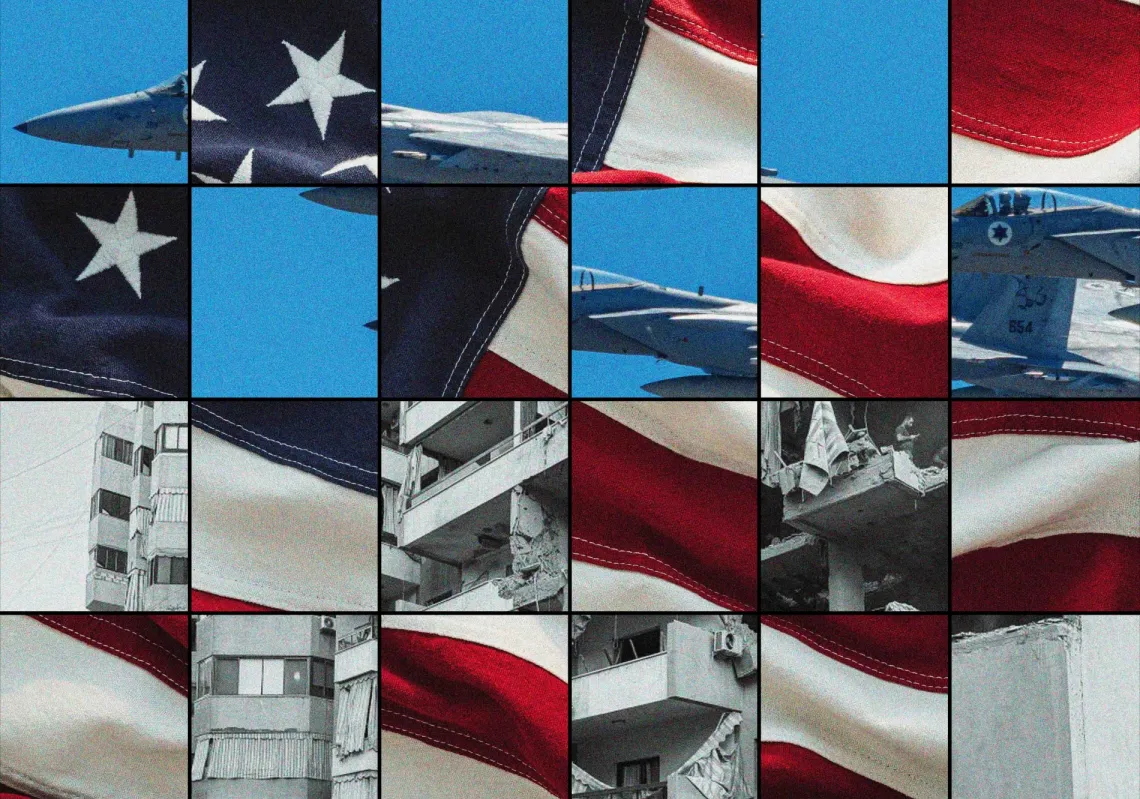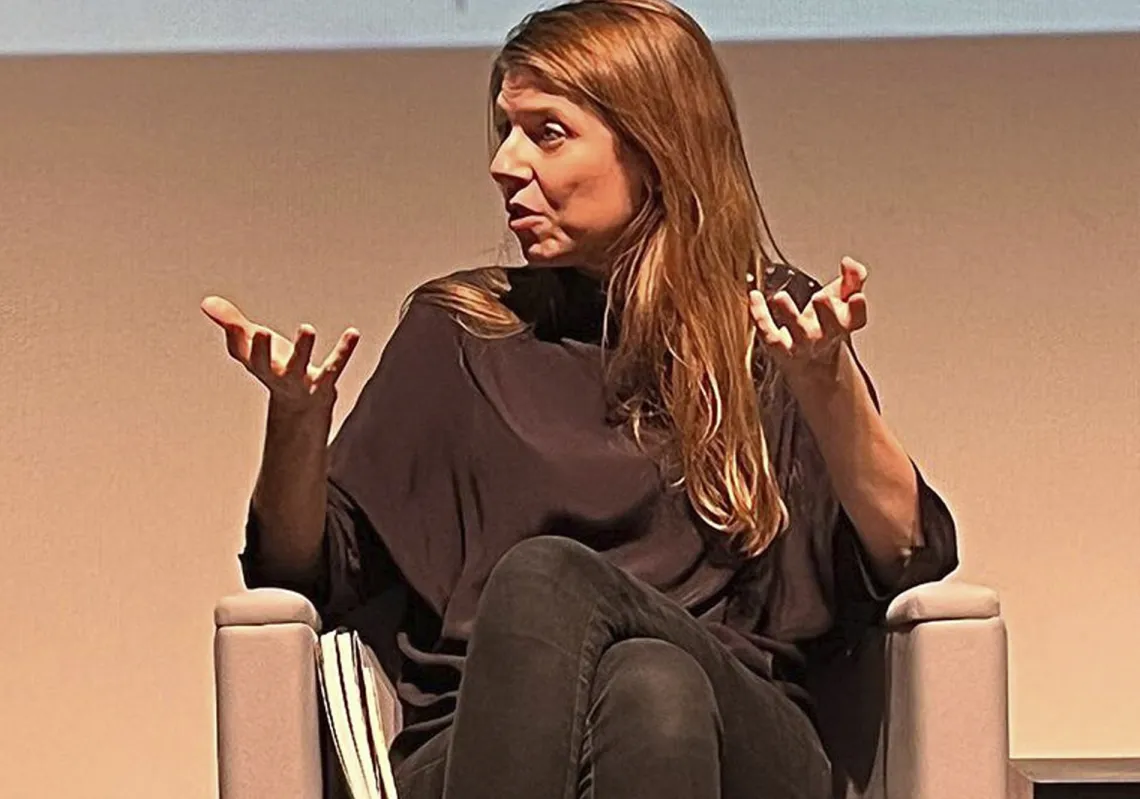Along the Jaffa shoreline, amid the waves and scattered shells, fragments of vividly coloured decorative tiles wash ashore. These shards came from Palestinian homes, restaurants, and community centres—buildings demolished by Israeli forces and cast into the sea. Each fragment comes with history and memory that resists erasure. This is where Palestinian artist Mohammad Qundus steps in with his Tamm 3 (Burial 3) exhibition at Al-Saraya Theatre.
In it, he innovatively reinterprets Palestinian identity, transforming rubble into artistic forms that evoke humanity, land, and identity, breathing life into history as though it were unfolding now. Tamm 3—his third exhibition—introduces a new language that speaks of migration, return, daily life, and the resilience of memory.
From Al-Saraya Theatre to the Qarar Institute, and from school administration to curating art exhibitions, Mohammad Qundus is no stranger to artistic engagement. For him, the sea is an archive, from which the tiles wash ashore. Tamm 3 is a testament to art’s power to reconstruct what was destroyed and to give voice to those whose stories were left unfinished, transforming fragments of tiles into silent witnesses.
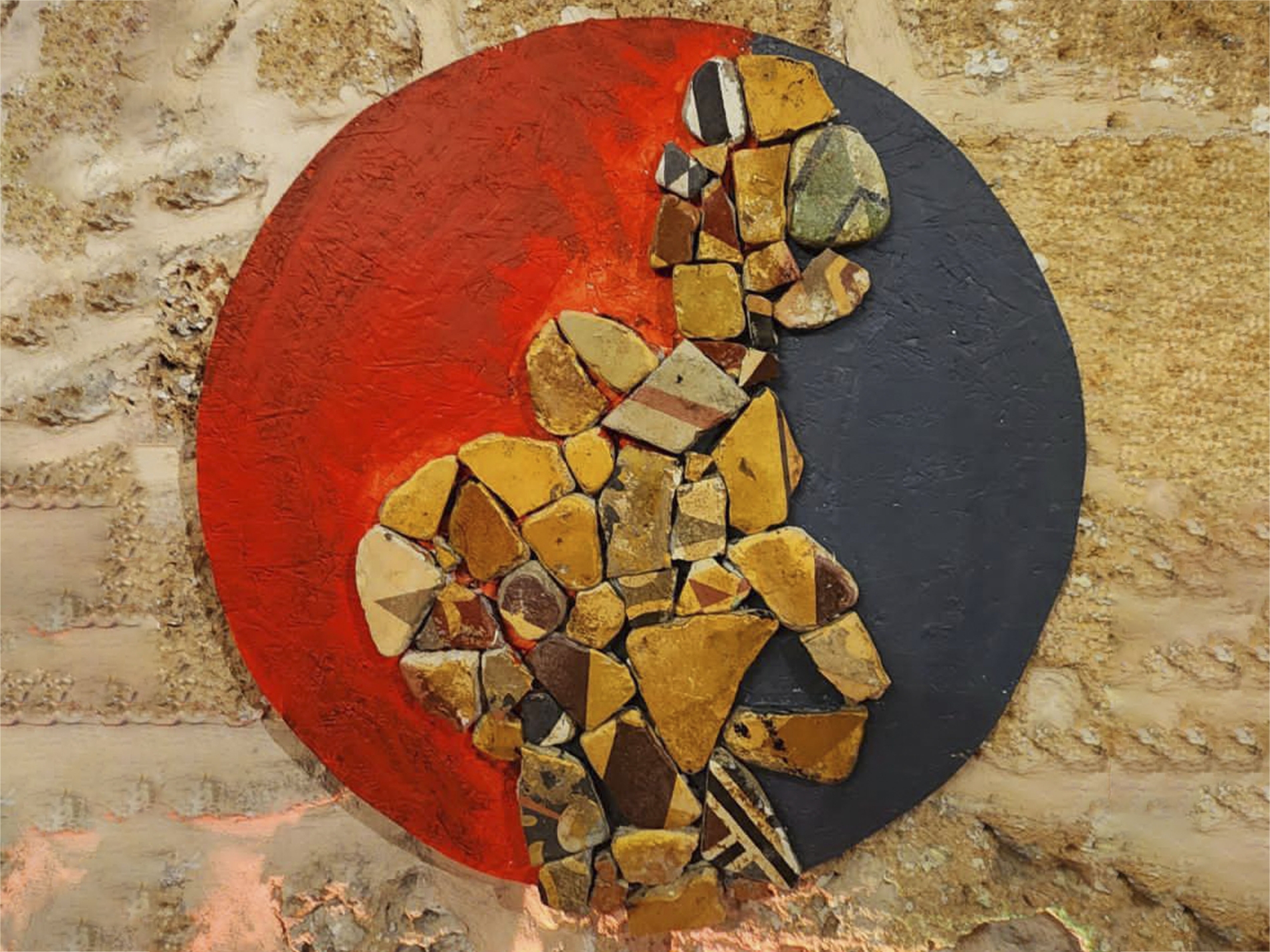
Visitors to the exhibition pause before each fragment, reflecting, posing questions, and reconstructing stories in their minds. These fragments form a bridge between past, present, and future, between existence and remembrance. They transcend their aesthetic form to redefine identity and reassemble a memory that has long been erased.
The exhibition mirrors the Palestinian legacy of endurance and renewal. As his work shows, the people of this land possess the resilience to survive, the creativity to endure, and the will to rebuild their civilisation, regardless of how prolonged the ruin, or how brutal the assault.
Collective memory
Qundus describes a visceral, almost childlike sensation as he gathers tiles from the shoreline of his city. It evokes memories of his childhood and of his grandparents. “These tiles are not just pieces of stone, they are living memory,” he says, speaking to Al Majalla. “They embody the past, present, and future of our existence on this land. They tell the stories of families and their dream to remain, against all the odds. They bear witness to the Palestinian presence.”
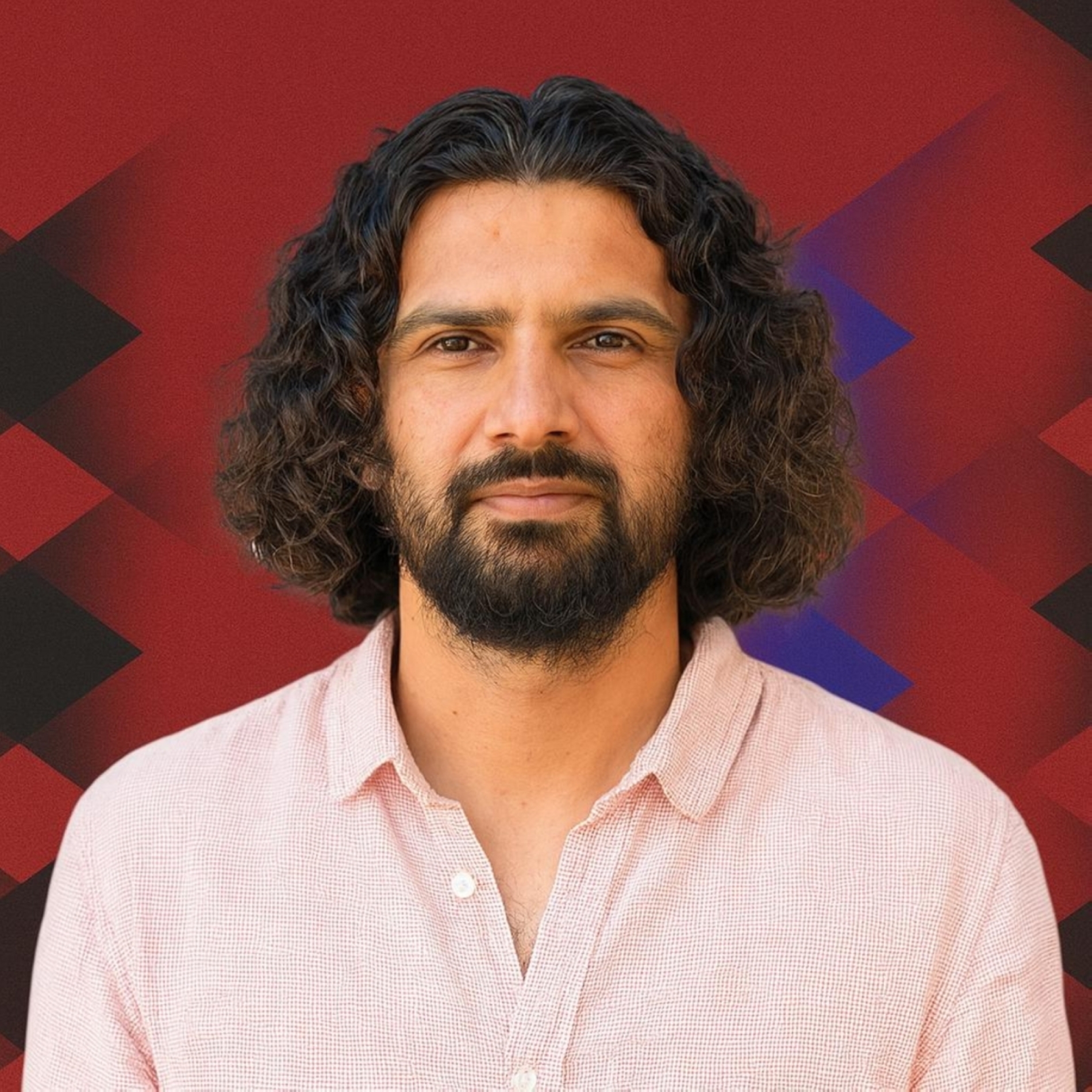
Some tiles were once part of cultural institutions, restaurants, and homes, he explains. “Every colour is a marker, every pattern a sign of a community that lived here and cherished beauty. Each tile is a message from the past, resisting oblivion and echoing the Palestinian presence.”
Through his exhibitions, Qundus creates what resembles a travelling train, one that connects Palestinian cities and restores the thread of a fragmented homeland. The exhibition is “more than just an art show,” he says. “It is a cultural model that links Palestinian cities like Haifa, Jaffa, and Jerusalem.” It extends to Arab cities, such as Baghdad, evoking the rich history of Islamic culture and its intricate architectural motifs.
Islamic and Arab visual art, Qundus notes, flowed from Damascus and Baghdad to the shores of Palestine, Egypt, Morocco, and Andalusia, where a vibrant artistic revival took hold—its remnants still bearing witness to a civilisation that once illuminated the world with its refinement and elegance.

